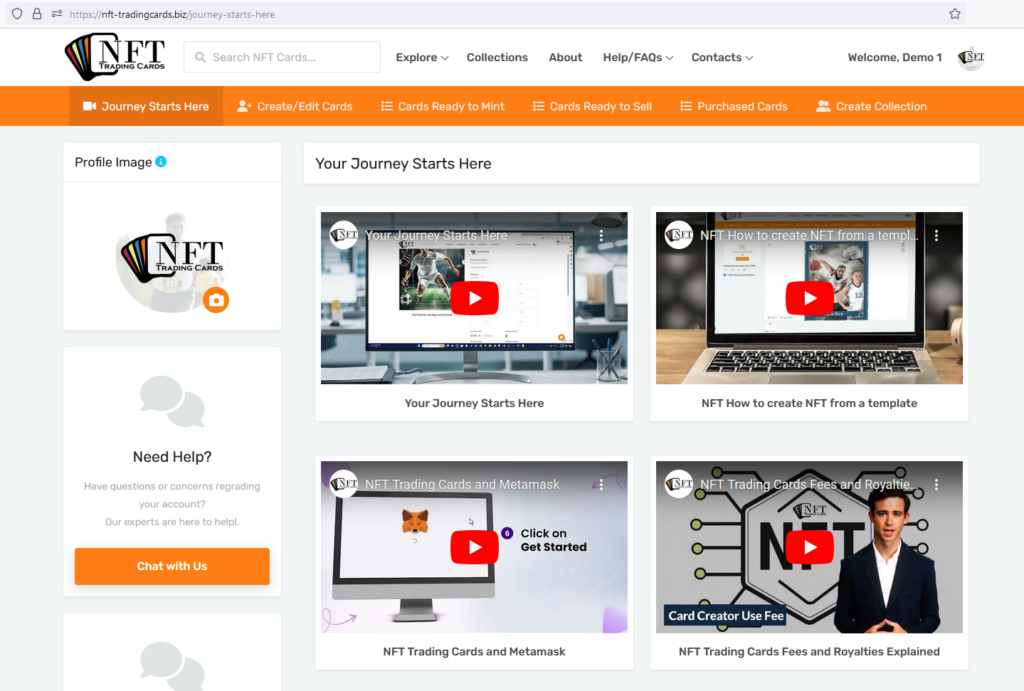From Mint to Market: The Life of a Digital Collectible
In the fast-evolving world of Web3, digital collectibles have become more than just pieces of data—they’re assets, stories, and identity markers wrapped in blockchain technology. But what actually happens between the moment a digital collectible is minted and the moment it hits the market? Let’s follow the journey of an NFT from creation to collection.

Step 1: The Minting Moment
Minting is the birth of a digital collectible. This is when a unique file—whether it’s art, a video, a trading card, or a music clip—is uploaded to the blockchain and becomes a non-fungible token (NFT). At this point, it receives a permanent and traceable identity: a Token ID tied to a smart contract.
For creators, minting represents the moment their work is no longer just a file—it’s a blockchain-verified, ownable asset.
Step 2: Metadata and Traits
Every NFT comes with metadata—details that define its uniqueness. This includes the creator’s name, a description, edition number, and custom traits like background color, rarity level, signature, or unlockable content. This is what gives digital collectibles personality and value.
In a platform like NFT-TradingCards.biz, these traits help buyers differentiate a rookie athlete’s first card from a limited-edition drop or a dynamic card that updates with performance stats.
Step 3: Storage & Proof of Ownership
Once minted, the NFT is stored on a decentralized network like IPFS or Arweave to ensure it’s tamper-proof and censorship-resistant. Ownership of the collectible is now verifiable via the holder’s wallet address—visible to all on the blockchain.
This creates trust. You know who owns it, who created it, and that it can’t be copied or forged.
Step 4: Listing on the Marketplace
Now the real fun begins—the sale. The creator or owner can list the NFT on a marketplace like OpenSea, Rarible, or niche verticals like NFT-TradingCards.biz. They choose a price, set royalty terms, and either run an auction or offer a fixed sale.
Collectors browsing the marketplace can view the item’s story, rarity, and ownership history—adding social proof to the purchase decision.
Step 5: The Transfer
Once sold, the NFT moves from the seller’s wallet to the buyer’s. This transfer is recorded on the blockchain, adding a new entry to its chain of provenance. With each new owner, the collectible gains more history—just like a rare baseball card or a painting that’s passed through famous hands.
Step 6: Post-Sale Utility & Engagement
Unlike physical items, many digital collectibles come with ongoing benefits:
- Access to exclusive content or events
- Dynamic updates (stats, rankings, features)
- Community voting or DAO participation
- Redeemable merchandise or IRL experiences
This “after-market” life adds a new layer of interactivity and makes NFTs more than static objects—they become keys to experiences.
Conclusion: A New Era of Collecting
The journey from mint to market showcases just how far digital collectibles have come. It’s not just about buying and selling—it’s about creation, ownership, interaction, and legacy. Whether you’re an artist, athlete, musician, or collector, your NFT has a life of its own—and it’s just getting started.

Leave a Reply